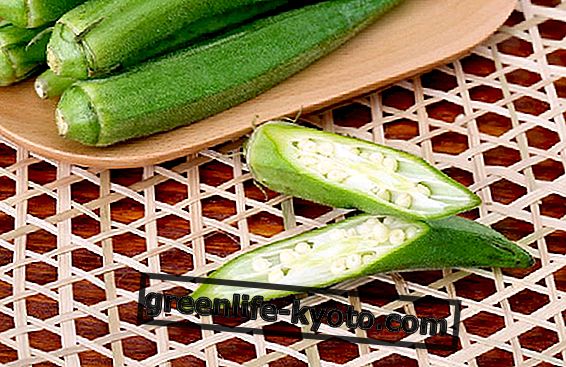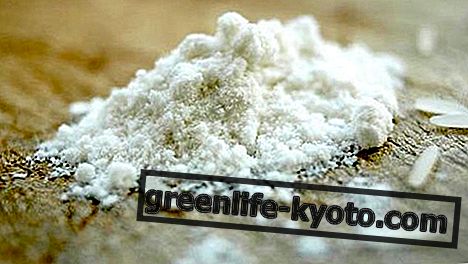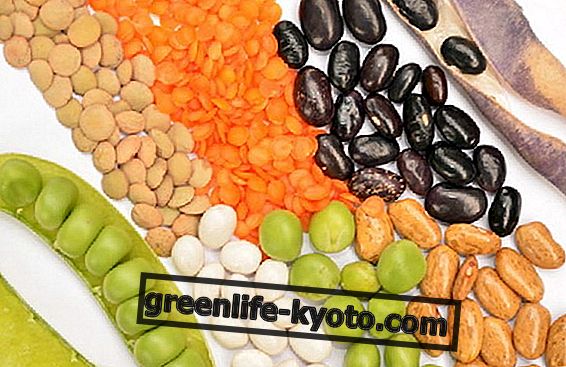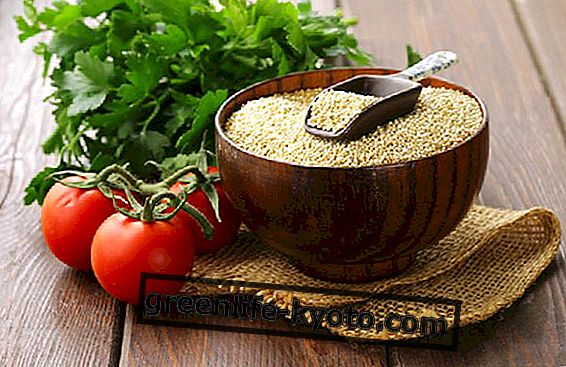Edited by Ilaria Porta, Iridology Naturopath
Shiitake is a medicinal mushroom that contains all the essential amino acids. Rich in vitamin D, it performs an important action to strengthen the immune system . Let's find out better.

Mushroom description
The name Shiitake derives from the Japanese word shii used to indicate a particular variety of chestnut and from the word takeche which means mushroom.
Sometimes it is called " forest mushroom " or forest mushroom and / or "black forest mushroom" or black forest mushroom; in China it is known as Shaingugu which means perfumed mushroom or also HuaGu or QuaGu "white flower mushroom".
Its Latin and scientific name is Lentinus edodes which means supple and edible.
In fact, Shiitake is edible and widely used in Eastern cuisine, especially in MTC and Macrobiotics due to its high nutritional value and is the most famous culinary mushroom in the world.
It contains all the essential amino acids, but also eritadenina, a unique amino acid that is believed to have a cholesterol-lowering effect.
In nature it spreads and spreads through its spores and is found on dead or dying logs or trunks of beeches, oaks, blackberries, chestnuts and many others, in winter and spring and prefers shady places, woods and forests and grows near fresh water sources.
It is native to Japan, China, the Korean peninsula and other areas of East Asia and is highly sought after for its therapeutic effects and strengthening of the immune system .
In the ancient Japanese royal court it was used as an aphrodisiac food.
The properties of the Shiitake
It is a fungus rich in carbohydrates, proteins, fibers and lipids, and an excellent source of vitamin D (ergosterol) which becomes calciferol (vit. D2) in the presence of ultraviolet light, vit.del B group, iron, manganese, potassium, calcium, magnesium, copper, phosphorus and zinc.
Its healing properties are legendary in the East: in a medical subject it is written " The Shiitake accentuates vital energy, reduces hunger and colds ".
Its main action remains that of strengthening the immune system even if it is necessary and depends on an active autonomic nervous system and the pituitary-adrenal axis in good condition and with a functioning thymus.
Its components are in particular lentinan, a beta-glucan able to stimulate macrophages, T lymphocytes and Natural Killer cells, that is all those white blood cells responsible for recognizing and destroying elements that are potentially harmful to the body.
The Shiitake for this reason is also used in support of HIV therapies .
Its properties are to reduce cholesterol and prevent arteriosclerosis, a protective action on the liver by promoting the formation of antibodies against hepatitis B; it also fights some fungal infections such as candida as it acts on the intestine by promoting the formation of a good intestinal bacterial flora, contrasts tooth decay thanks to the protection against Streptococcus mutans which is the main culprit precisely of caries. Finally, it helps to combat psycho-physical fatigue.
The Shiitake among the remedies for strengthening the immune system: discover the others

When to use it
To strengthen the immune system against colds and flu; tooth decay, HIV, hepatitis B, hypercholesterolemia and in preventing arteriosclerosis.
Very useful in young people and children for the prevention and treatment of winter pathologists .
Shiitake in traditional Chinese medicine
This fungus is used to reduce cholesterol and fight arteriosclerosis, colds and flu; it is believed that it revitalizes the circulation, reduces appetite and cures the common cold.
According to MTC it amplifies Qi and the primary life force that animates the body and connects it to the entire cosmos and is one of the most studied and known fungi both in the West and in the East.
With its taste it is sweet / tasteless, it removes moisture and is ideal for seasonal changes; its action invigorates the Qi and the blood, it acts on the Spleen-stomach-liver and lungs Meridians and on the Lodges Water, Earth, Woods and Metal.













